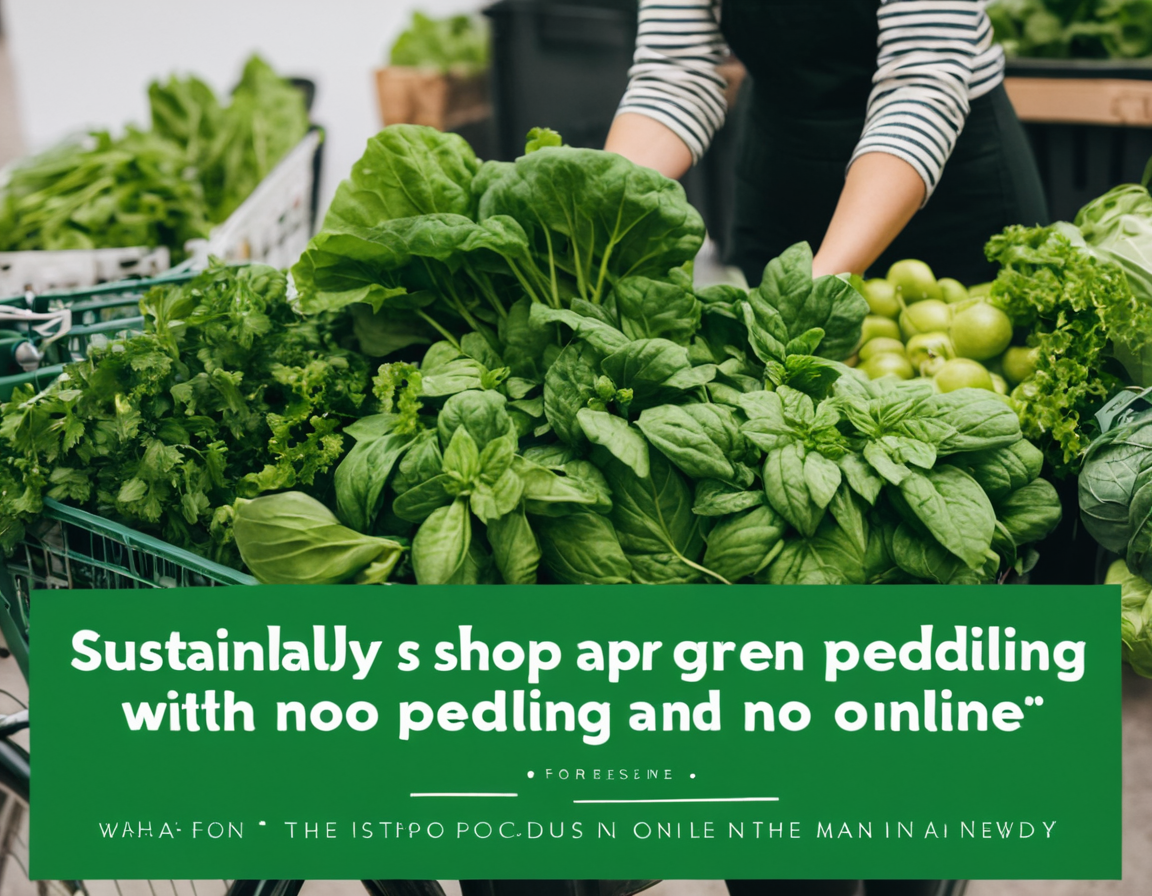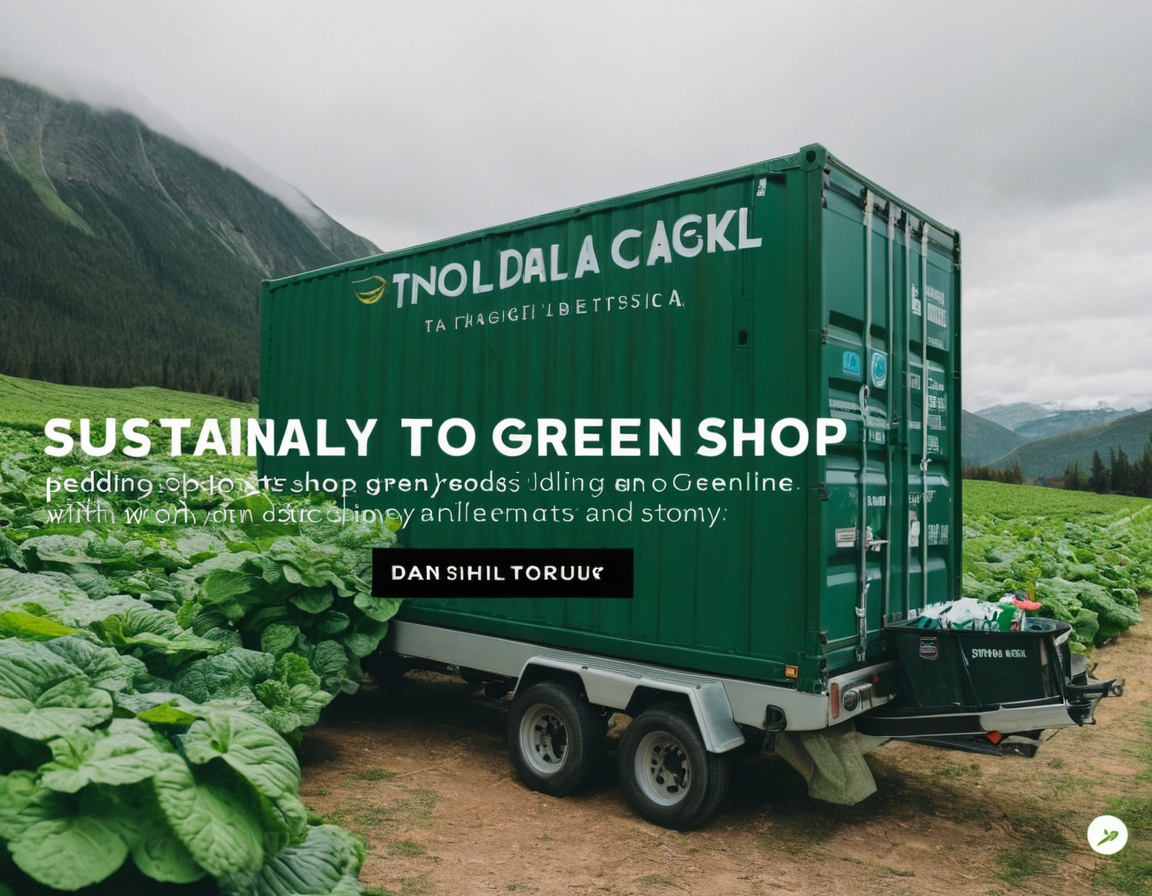
: Sustainably Shop: Tips for Peddling Green Goods Online

Introduction:
In today’s eco-conscious era, consumers are increasingly seeking out sustainable and environmentally friendly products. As an online retailer, you can tap into this burgeoning market by offering green goods. However, successfully peddling these items requires a strategic approach that not only highlights the sustainability aspect but also caters to your target audience’s needs effectively. In this post, we will discuss some tips for promoting and selling eco-friendly products online.
1. Highlight Sustainable Practices: Learn more about Sustainably
Start by emphasizing how your business operates with a sustainable approach. Showcase that you value the environment as much as the customers who are looking to make conscious purchasing decisions. Detail the processes involved in sourcing raw materials, manufacturing, and shipping sustainably, including any certifications and partnerships that reflect these efforts.
2. Educate Your Customers:
Education is key when it comes to sustainable products. Many consumers may not fully understand what makes a product eco-friendly or the impact their purchases can make. Share valuable information about your products through detailed descriptions, FAQ sections on your website, and even create informative blog posts that educate customers on the benefits of choosing green goods.
3. Focus on Product Quality:
Green goods should never compromise quality. Ensure that you source high-quality materials for production and pay attention to detail during manufacturing. This focus on quality will help justify higher prices if needed, while also ensuring customer satisfaction. Learn more about Shop
4. Emphasize Eco-Friendly Features:
Make sure that the eco-friendly aspects of your products are front and center in your product descriptions and marketing materials. Highlight any unique features or benefits that set these sustainable items apart from conventional alternatives. Consider using keywords like “biodegradable,” “recycled,” “compostable,” or “low carbon footprint” to optimize your SEO efforts.
5. Use Sustainability in Your Branding:
Incorporate green themes and environmental messages into your branding, packaging, and marketing materials. This will help reinforce the idea that sustainability is at the core of your business values and mission. Consider using recycled or biodegradable packaging materials to further emphasize this commitment.
6. Partner with Other Eco-Friendly Brands:
Learn more about Tips
Collaborate with other eco-friendly brands in your niche to create bundles, cross-promote each other’s products, and participate in joint marketing campaigns. This not only helps increase brand visibility but also demonstrates your commitment to supporting the broader sustainable community.
7. Engage With Your Audience:
Build a strong relationship with your customers by actively engaging with them on social media platforms or through email newsletters. Share stories about how your products are making a difference in people’s lives and the environment. Encourage customer feedback, reviews, and photos showcasing their sustainable purchases to create a sense of community around your brand.
Conclusion:

Selling eco-friendly goods online requires more than just offering green products; it involves creating an experience that resonates with consumers who value sustainability. By following these tips, you can successfully peddle green goods online while making a positive impact on the environment and the lives of your customers.



